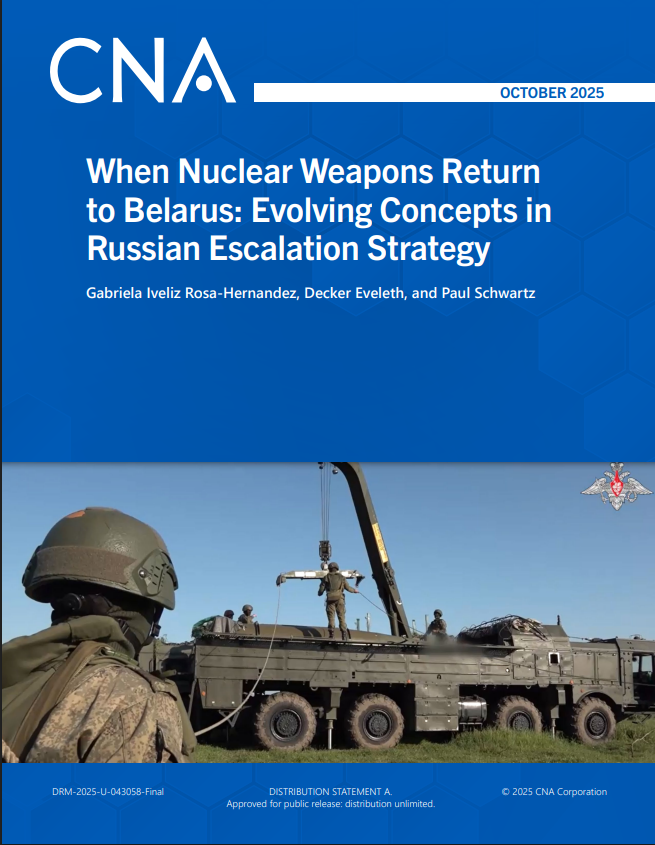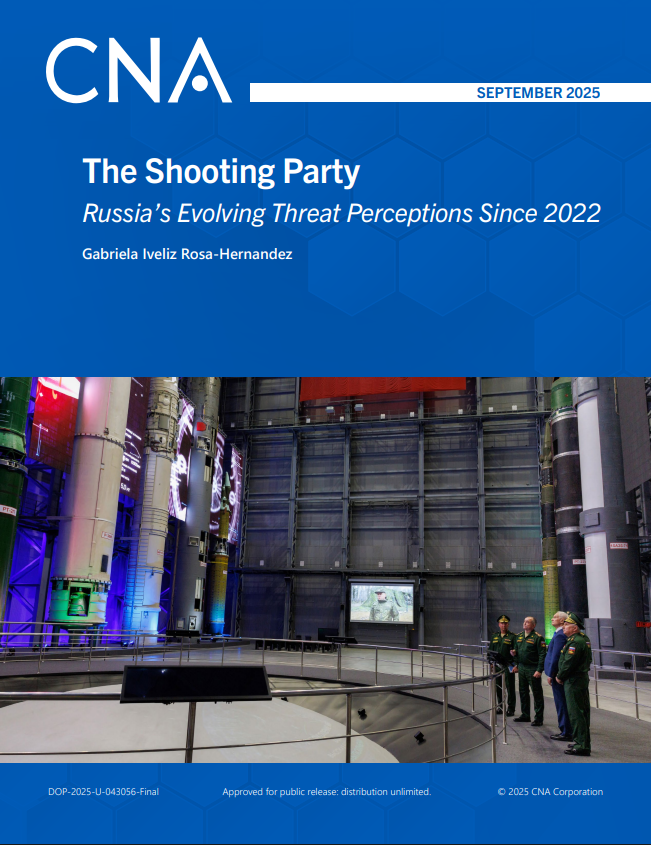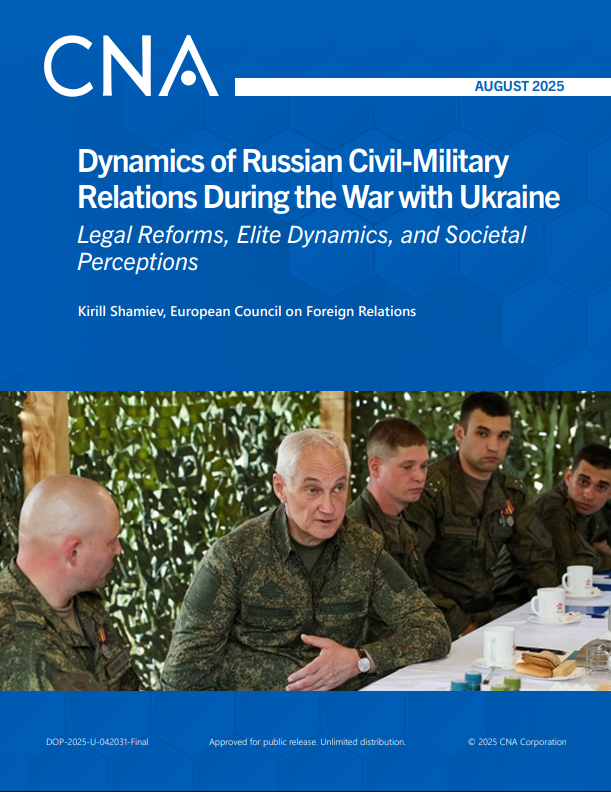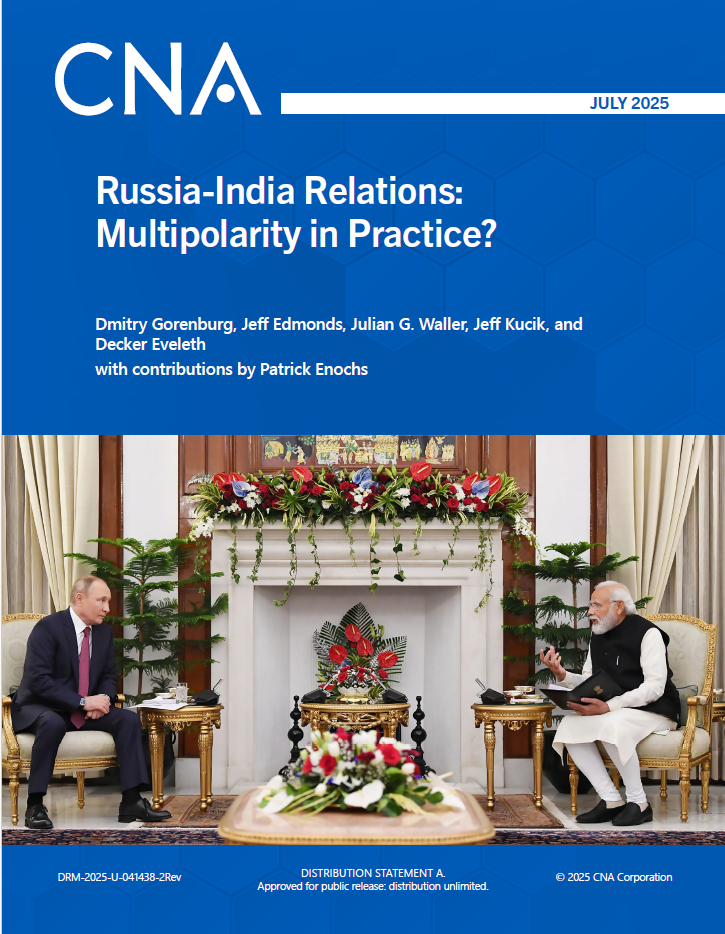How to think about wedge strategy
Dr. Crawford began the discussion by defining key concepts in the international relations literature, including wedge strategy, alignment, wedge effect, and blowback. Two main types of wedge strategies are accommodative or reward-based (splitting the adversaries with carrots) and coercive (splitting the adversaries through heavy pressure). When contemplating a wedge strategy, Crawford recommends the following policy questions:
- What is your strategic triangle? If you are the divider, who is the adversary and who is the immediate target (the nation-state you want to shift)?
- What is the target’s strategic weight? How much harder will it be to influence the main adversary if the target moves further from or closer to the main adversary? The greater the costs associated with the target and adversary drawing closer together, the more a divider should be willing to shift the target’s alignment.
- What is your reward power? Reward power involves a divider’s capability—relative to that of its adversary—to reward a target on the target’s highest priorities. Can you outbid your adversary on the issues most important to your target? Can you dispense the rewards unilaterally and on a reasonable time horizon?
- What are your wedging goals? Are you trying to realign a target, neutralize it, or bring it back to a middle position? Wedging can be costly; consider a “less is better than more” scenario. Sometimes a less ambitious goal is more rewarding.
- What are your alliance constraints? Dividers may have to overcome concerns from their allies. Is your main enemy their main enemy? Do you and your allies both want to isolate the same main enemy? If so, do you have consensus on the same accommodative or coercive approach?
Three “faces” of Washington’s wedge strategy problem
Crawford highlighted three “faces” of the contemporary wedge strategy problem for the US today: (1) how to divide Russia and China, (2) how Russia might divide the US and its allies, and (3) how China might divide the US and its allies.
On dividing Russia and China, he raised two key challenges:
- How to determine the US strategic triangle: One approach is to assess the power trajectories of these two countries—if Russia is declining and China rising, then China should be the main enemy and Russia the target. Another approach might prioritize revisionist potential, in which case Russia emerges as the adversary and China the wedge strategy target. The question of timing and sequencing also matters in understanding the competitors’ roles over time.
- The US alliance system as both an advantage and a constraint: US alliances can be an asset and provide leverage, but they can also constrain Washington by forcing it to reconcile its policy preferences with those of its partners.
Regarding Russia’s and China’s wedging toward the US—the second and third faces above—Crawford emphasized how Western-led institutions such as NATO can be both an asset and a constraint. The formal multilateralism of NATO’s decision-making enables collective action, but its unanimity rules, which make it possible for a single member to veto alliance-wide decisions, are a vulnerability because a competitor can gain a big political advantage by wedging just one NATO ally, even a very weak one. Crawford similarly highlighted public discourse on the idea of projecting a NATO-type model in Asia, cautioning that such a model could unintentionally become a point of paralysis if a competitor such as China neutralized a single member.
Crawford commended the new CNA report, noting that it expands the conceptual range of wedge strategies he discussed earlier, provides groundwork in developing a typology of wedge strategy blowback, provides the best systematic analysis on the aforementioned second and third faces, and provides thoughtful ideas on how to mitigate the wedge effect of competitor wedge strategies.
Key findings from CNA’s new report
CNA analysts Wallsh, Taffer, and Gorenburg introduced their new report, which examines six cases of contemporary Chinese and Russian statecraft targeting US allies: Russia-Germany (2014–2018), Russia- Greece (2018–2019), Russia-Turkey (2016–2019), China-South Korea (2013–2017), China-Australia (2016–2021), and China-Philippines (2016–2021). To their knowledge, this report is the first systematic assessment of contemporary (as opposed to historical) wedge strategies. Key findings from the report include the following:
- China and Russia have a poor overall record of wedging effectiveness. Of the study’s six cases, only one includes a clear instance of wedging success: Russia’s use of military sales to sow division between Turkey and its NATO allies.
- China and Russia appear to prefer accommodative wedge strategies but frequently resort to heavy-handed coercive or subversive strategies when rewards fail. (The study finds a Russian tendency toward subversion and a Chinese tendency toward more straightforward coercion.)
- China’s and Russia’s use of sticks sometimes not only fails but also backfires—or leads to blowback—by prompting targets to draw closer to the US, such as in the case of Australia.
- Reward-based wedge strategies are generally more effective than coercive strategies.
- Implications for US policy-makers include the following:
- Competitor tendencies to deploy stick-based wedge strategies present opportunities for the US to exploit. That said, Beijing and Moscow may not favor sticks over carrots indefinitely, so Washington should seize what the authors describe as a potentially transient window of opportunity to bind closer with its allies.
- The US can mitigate the threat of coercive and subversive wedge strategies by (1) working with allies to offset their vulnerabilities to external coercion, (2) monitoring and exposing attempts to subvert partner nation governments, and (3) promoting democracy-building programs that deprive competitors of opportunities to subvert.
- The US can mitigate the threat of reward-based wedge strategies by (1) monitoring for areas in which China and Russia are better positioned than the US to credibly offer US allies rewards of high value, (2) consolidating alliance- deepening priorities now to raise the costs of an ally’s defection later, and (3) deepening ties between US and partner nation institutions to hedge against the political variations of rotating leaders.
Wedging China and Russia after the war in Ukraine?
Finally, the panelists discussed wedging strategies in the context of Russia’s invasion of Ukraine. Crawford related that before the war started, he thought that the US should consider a reward-based wedge strategy toward Russia involving accommodations on Ukraine and Georgia, among other issues. Since the conflict, his estimate of Russia’s strategic weight has changed, but he still believes that there are compelling reasons to peel Russia away from China because of the risks of growing Russia-China alignment, including the joining of their nuclear deterrence capabilities and the prospect of weakened cooperation with India if US- Russia relations remain poor.
Taffer questioned the near-term feasibility of using inducements targeting Russia to wean it from China. For example, the prospect of helping Russia achieve an acceptable settlement in Ukraine would likely be unacceptable to US allies and US voters, even if doing so helped secure commitments from Russia that would put distance between Moscow and Beijing. He suggested, however, that an opportunity for using a carrot- based approach to turn Russia from China may exist in the future with the proper sequencing. During the Cold War, he noted, the US successfully divided the Sino-Soviet alliance by sequencing a coercive wedge strategy before an accommodative one.
Gorenburg agreed that an accommodative strategy toward Russia made sense before the war in Ukraine, but he now views Russia as a near-term direct threat and China as a future threat. Thus, he proposed possibly pursuing a reward strategy with China to work against Russia because China has been showing implicit signs of disapproval of Russia’s actions in Ukraine.
Download reportDISTRIBUTION STATEMENT A. Cleared for Public Release
Details
- Pages: 4
- Document Number: CCP-2022-U-032867-Final
- Publication Date: 6/23/2022




